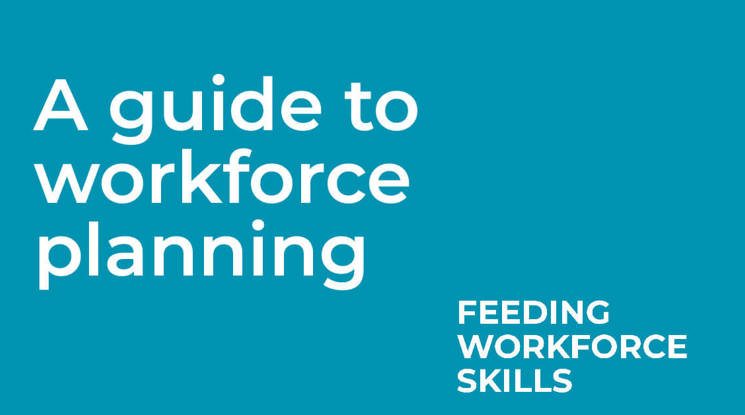Workforce Planning - Don't be caught out
We all know that lurch of anxiety when someone unexpectedly hands in their notice. A bit of workforce planning means you shouldn’t be rushing around trying to fix the situation with makeshift solutions.
We all know that lurch of anxiety when someone unexpectedly hands in their notice. A bit of workforce planning means you shouldn’t be rushing around trying to fix the situation with makeshift solutions.
Workforce planning shows you where the gaps might be in the team, it plots individual journey of development and promotion and it introduces an inclusive approach that helps you hang on to that precious workforce.
And we know this sounds like a big project, but it mainly involves adopting new habits. Whenever your annual performance review process falls is a great time to start.
In this article, we will point you to some resources that will help you wherever you are in terms of workforce planning, from templates for performance reviews to online tools that map out your organisation’s skills profile.
The basics
There is a great employee resource toolkit from Scotland Food & Drink Partnership, which has a section on developing your workforce. It includes 12 top tips, as well as a practical checklist and performance development plan template.
When people can map out development steps against career paths, it can improve retention. It sends a strong message about your commitment to staff, and increases the likelihood they’ll develop the skills your business needs for the future.
And remember that development is not all about technical skills. Skills such as team working, effective communication and self-confidence will enable people to perform better and contribute to your business success.
CIPD factsheets
The CIPD – the professional body for HR and people development – also has a range of factsheets, including on workforce planning and identifying learning and development needs.
They say workforce planning can be the most effective activity an organisation can engage in.
Workforce planning can help you motivate the team, and recognise and reward good work. It can also help you develop their skills, as well as spot and improve poor performance.
Online tool
Once you’re ready to take a proactive overview of what your business needs, we’d recommend Our Skillsforce from Skills Development Scotland.
Their Skills for Growth service helps you understand your skills needs, create a detailed plan and guide you to the right support. Their advisers guide you through the whole process and give advice on how to maximise any public sector funding.
Another useful resource is Find Business Support. This is a filter-able guide to Scotland's public sector support where you can discover your options for grants, funding, advice, help, events and more – all in a single location.
Fair work
An initiative that chimes in with managing the workforce are Scotland’s fair work principle. These offer a valuable model for food and drink, helping you attract and retain people at all levels of your business.
The Food and Drink Federation Scotland has an overview of what this means here.
You can also find out how other businesses have found the concept of fair work helpful in connecting with their workforce. As John Farley, director of fish merchants Sutherlands of Portsoy, says: “At the end of the day, a business has to work as a team – everyone in the company has a voice and is listened to. If you don’t value and listen to everyone, it doesn’t work.”
Read more here.
Final thought
Remember, it’s about having a plan. Workforce planning isn’t a once a year event.
The development of staff should be an ongoing consideration for both you as an employer and for managers. Managers should regularly talk with their team members about what opportunities may be available and listen to what sort of development they might be interested in.
By getting your business involved with organisations such as Developing the Young Workforce or with local communities, employees can understand their role in a wider context. They often enjoy passing on their knowledge and expertise and the experience can develop and broaden their own skillsets.
Workforce planning will vary in timeframe, scale and the roles covered. It can be seen in fairly basic operational terms, ensuring the right number of people with the right skills are allocated to projects or work areas to meet day-to-day needs. Examples include the need for call centres to be appropriately staffed, or that sufficient people are recruited to fulfil a specific project or deadline.
Alternatively, it can be a longer-term plan that makes sure the best talent is in the right roles and lets you understand better what your future workforce needs will be.
Whatever you need to put in place, you can make your business more resilient, successful and ultimately profitable by implementing some workforce planning.
All it needs is for you to take the first step.
Feeding Workforce Skills aims to promote the support available for food & drink employers to recruit, retain and develop their workforce. The initiative is delivered through the Scotland Food & Drink Partnership. Find out more about it, and access all the resources here.
